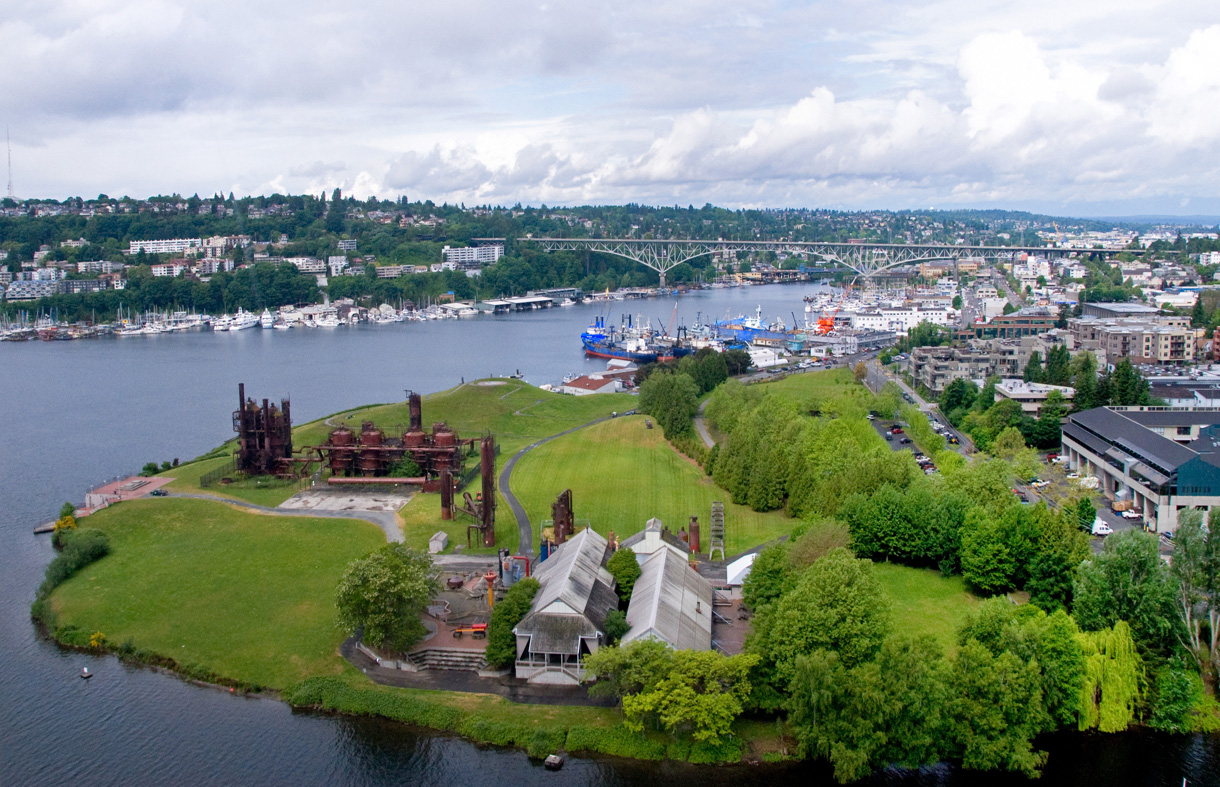Tatted: A Year Later

I got a tattoo on my 21st birthday. Having turned 22 a few days ago, I figured it was time to sit down and reflect on the decisions that were made that fateful night.
My cousin and I celebrated with a trip to a BYOB sushi restaurant in Greenwich Village. After dinner, we walked a few blocks away into an establishment called Whatever Tattoo. I told the guy to ink me up. On the inside of my left arm, two inches above the elbow, a ‘206’ – the area code of my hometown Seattle. We scrolled through fonts. He needled at my arm for 5 minutes. I threw him the dough.
I sent the fam a pic the next day. Dad was stoked. Mom thought it looked like a numerical identification marking from Auschwitz. Back at school the next week, I showed out. Yea… I’m tatted. Sup ladies. It was all so gravy at first. Little did I realize, I had acquired a problem of placement. Had the tattoo been inked a few inches higher, it would be covered up by a t-shirt. But it was not. I hadn’t anticipated the task of explaining its meaning to every other person I encountered. I even formulated a stock Portuguese explanation during my trip to Brazil last summer. Within months, the 206 tatt was beginning to lose its luster.
Why’d I get it? Seattle is my home. Seattle is beautiful. A brief bit of history: in 1903, the Seattle Park Commissioners brought out the Olmsted Brothers to plan a comprehensive park system. They came back with a recommendation for several dozen parks new parks of varying character and a 20-mile boulevard to run between them. The City Beautiful movement was at its zenith, and most of the Olmsted Plan was implemented within the next three decades. Between 1900 and 1930, the population of Seattle increased from 80 thousand to 365 thousand; the park system developed in step with the rest of the city, so that the City Beautiful movement was not reform but organic creation, the parks and boulevards woven into the hills and water and distant mountains and integrated into the Cartesian street grid and urban fabric.
206 is an important symbol because it distinguishes Seattle from the suburbs across the lake – the 425. The Eastside. The Eastside thinks it’s hot shit, but really it’s just a bunch of Ugg-caliber biddies and vainglorious simpletons. It’s a different state of mind over there, and the geographic divide reinforces this gap. ‘206’ thus refers only to the part of Seattle I like.
Once I went to college and gained an east coast perspective, the 206 tattoo started to seem like a worthy expression of my nostalgia, and I suppose of some preemptive nostalgia for the years ahead when I would be living in New York or something. Also, I figured that it would act as a bat signal for fellow Seattleites in those faraway places. If I met them, I would show them the tatt and become the insta-homie. In a nutshell, I felt compelled to state my territory. When my 21st birthday rolled around, I didn’t have a location on my body in mind, but I figured in that moment that the time was right to commit to the ink.
The tattoo can be problematic in two ways, and they are both ironic. First, it compromises my Seattle-induced nostalgia. It thrusts my 206ness to the forefront of my consciousness. I look at it everyday. I am physically bound to the 206. How can absence make the heart grow fond if I do not perceive absence?
Second, a more serious problem: it compromises my self-expression. As a jazz musician, I try to adhere to the notion that you should improvise like you are withholding some piece of information. This mindset forces you to think more deliberately about the choices you make during a solo. It forces you to keep one in the chamber, so that you can unleash it when the time is right. And as much as I love Seattle, I prematurely blew my load with this one. The act of inking a visible 206 tattoo on my skin was an ostentatious gesture of Seattle pride the likes of which I will never be able to express again.
So, there is an imbalance. How to repair it? I need to take some pressure of the tattoo. For one, it draws attention to my pale, skinny arms. I gotta get tan. I gotta get jacked. Maybe I should get another tattoo. Maybe I should work up a sleeve. That’s what John Mayer did. He used to have just one tattoo, and it was similar to mine: SRV on his upper left arm, for his guitar idol Stevie Ray Vaughan. Then he got his whole arm covered.
Maybe I should just get dirty at guitar, like John Mayer. I’ve been playing guitar for nine years. Why should I come this far and not keep going? How could I? Miles Davis once said: “it takes a long time to sound like yourself.” I want to speak for myself in proportion to the ways I’ve invested my time and energy. I want to speak with my guitar. Not some tattoo I got on a whim.
Do I regret it? Sometimes. Could I have chosen a better location? Probably. But at the end of the day, tatt is me, I am tatt, and I don’t have much choice other than to rock the fuck out of it. Its location is a reminder that decisions have consequences, its permanence a reminder of my mortality, its audacity a reminder that in life, it’s best to do it large.
